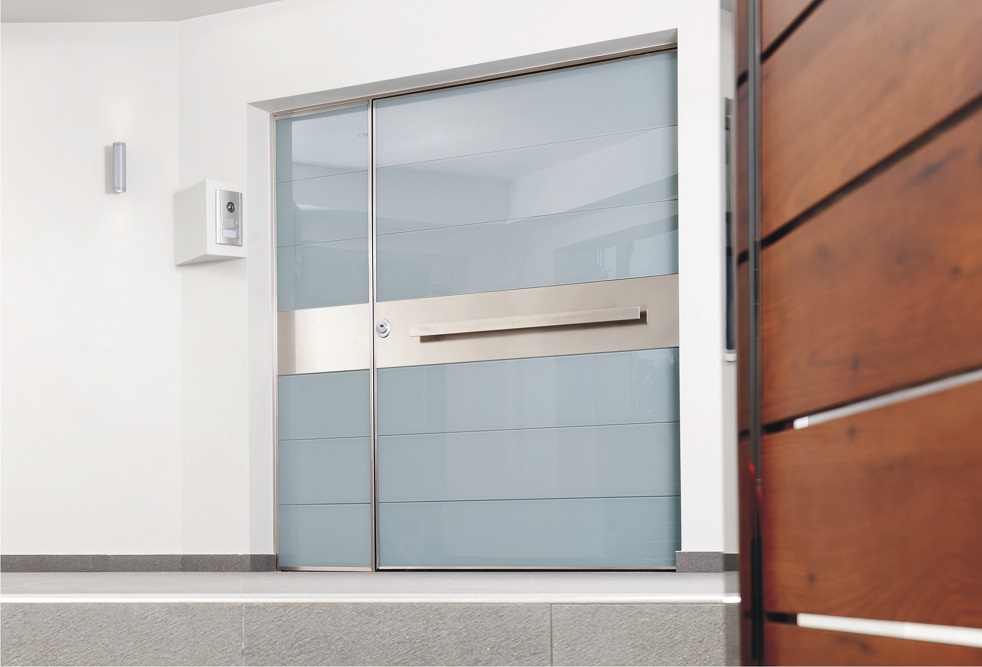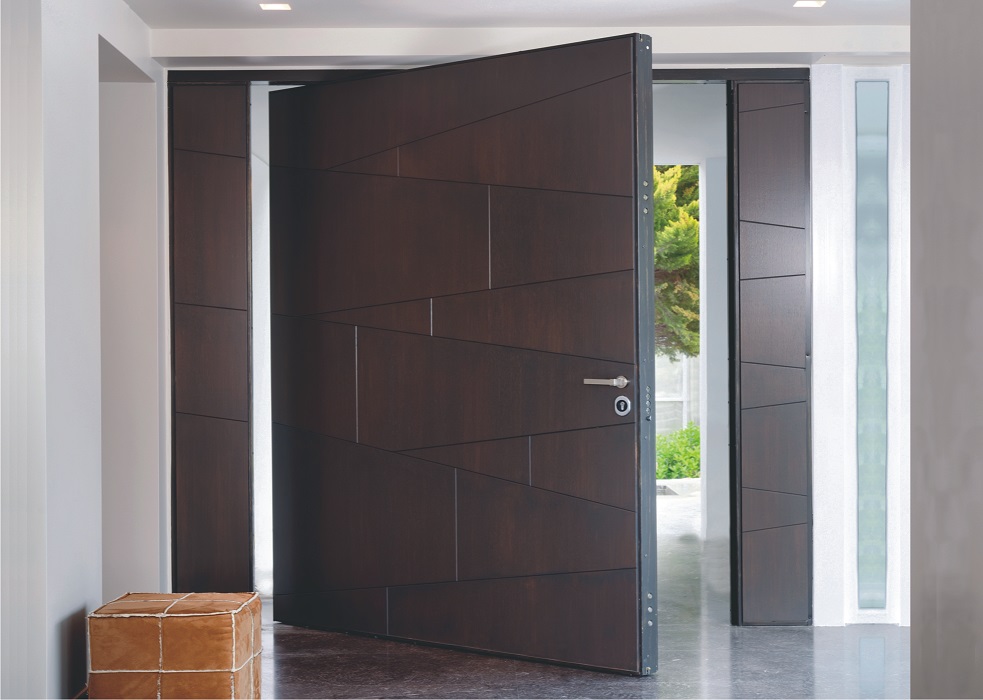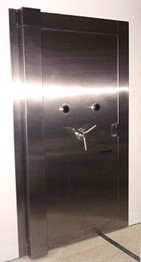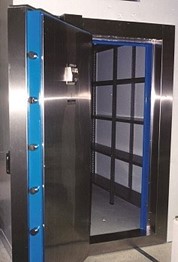What are the recognised Security Grades for doors and why are they important?
Many door manufacturers and door suppliers claim to sell security or hi-security residential entrance doors, but in the security industry, doors will only be classed as ‘Security Doors’ if they have been independently tested. In the UK, the entry level independent testing standard applicable for most homes is PAS24, which is often badged as SBD or Secured By Design. It is vitally important not to rely on declared characteristics and the claims of a manufacturer, always ask to see their Independent Testing Certificate from a qualified European Test House.
European Standard – EN1627
In Europe, the safety standard is EN 1627. Accredited European laboratories test functionality, weather resistance and defence against mechanical intervention. Test results are recorded and examined by the certification body and only if a door passes all tests will a Certificate of Conformity be awarded.
The British Standards Institute (BSI) implements security standards in the UK and the most updated version is BS EN 1627:2011. There are 6 levels of resistance classification (RC1-6), which comprise the EN 1627 standard. The levels determine the level of burglar resistance offered by a security product.
Classes RC1, RC2 and RC3 are primarily focused on the levels of attack associated with a casual or opportunistic intruder. It is likely such an intruder would use stealth to avoid attracting attention and utilise hand-held tools or basic levers to facilitate forced entry. PAS24 or SBD falls within this category.
Classes RC4, RC5 and RC6 are associated with the more experienced or professional intruder. This would include attacks which were intentional and well-planned, with forced entry attempted with larger and/or single operator power tools.
EN 1627 represents the European Standard for the burglar resistant classifications of domestic and commercial doorsets. This standard was developed by the European Committee for Standardisation (CEN) which is comprised of the national standardisation bodies of 34 European countries.
EN 1627 forms part of a series of European security standards (EN 1627 – EN 1630) with the aim of agreeing and implementing an industry-standard, minimum level of enhanced security for doors across Europe.
The EN 1627 classifications are determined by meeting the specified hardware requirements alongside the level of resistance achieved in 3 ‘type’ tests. The first test measures resistance under static loading and is designed to measure the overall mechanical strength of the product.
The second test which is dynamic loading, assesses the level of resistance to physical attacks without the use of tools, such as kicking or shoulder barging.
The third test method is manual testing, which assesses the ability of a product to withstand attempts at forced entry using a selection of tools, over a stipulated period of time.
Spitfire Doors Certification
Spitfire S-200 doors and S-500 Signature Series aluminium doors have both been Tested and Awarded PAS24 certification by BSI in the UK.
The Spitfire Hi-Security Armoured ranges of Hinged and Pivot doors have been Tested and Certified by the Institute Giordano in Italy under ENV 1627-1. You can find the certification label on your door and this guarantees that your specific armoured door is certified to ENV 1627.

Design Choices
All Spitfire Doors are fully customisable, even our doors with the highest security rating. From Spitfire Doors you are free to select either a conventional security hinged door or a security Pivot. Both ranges are offered with many external and internal finishes to include: powder coated aluminium, bronze, ceramic, glass, wood or mirror. The internal core structure of your security door will comprise levels of steel plates and then your door can be clad with your choice of skin material e.g. aluminium, ceramic or wood.

Bank Vault Doors
Spitfire Doors can also offer bank vault doors which offer superb protection against manual, mechanical or heat related attack, with door thicknesses ranging from 25cm to 45cm. All bank vault doors are supplied with 2 x 4 wheel anti-observation combination locks which have 1 million combinations and a 3 movement time lock that offers up to 144 hours locking.


Fire Rated Spitfire Doors – Certified by Cambridge Fire Research Limited
We can offer you an unique, innovative door which combines 2 different types of protection – Class 3 Certified Security Resistance and Certified Fire Resistance for 240 minutes (4 hours).
Certificate Number CFR1704121 dated 12th April 2017 to BS476 Part 22:1987.
Our Fire Rated Security Doors can be equipped with a mechanical, electrical, electronic lock or with a panic bar.
These doors are suitable for apartments, hotels, public buildings, airports, hospitals, public spaces or private projects where fire protection is required along with resistance to possible burglary.
Another advantage of Spitfire fire-rated security doors is their aesthetic flexibility because we offer the possibility of selecting almost any external and internal cladding material e.g. ceramic, mirror, glass, wood etc.
So, let your imagination run free; choose the style that fits your home, without any compromise in fire resistance and anti-burglary properties.
Contact our Customer Services Team for more information.